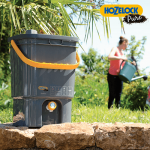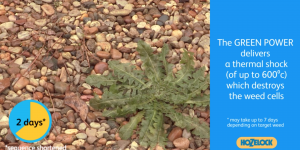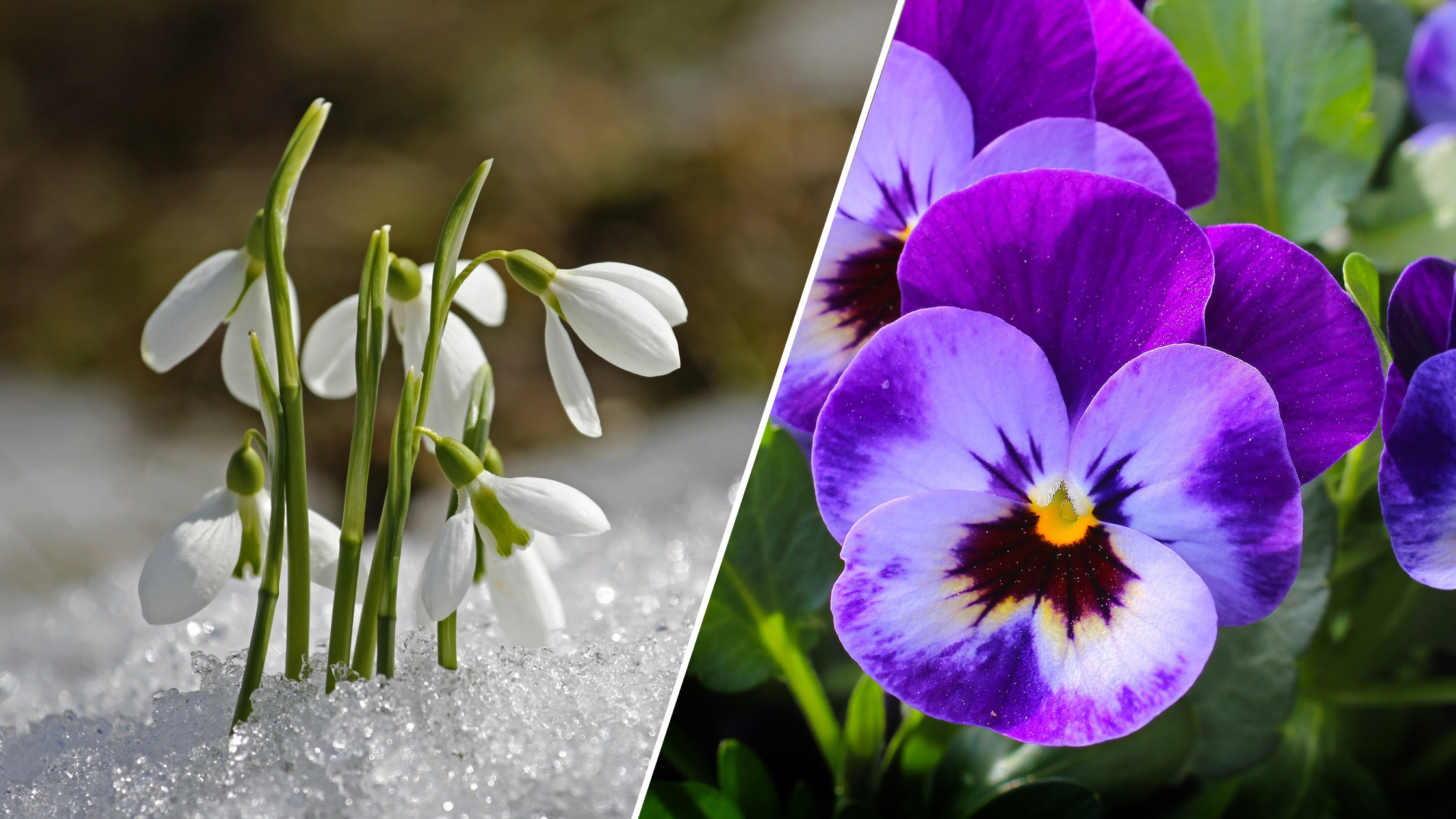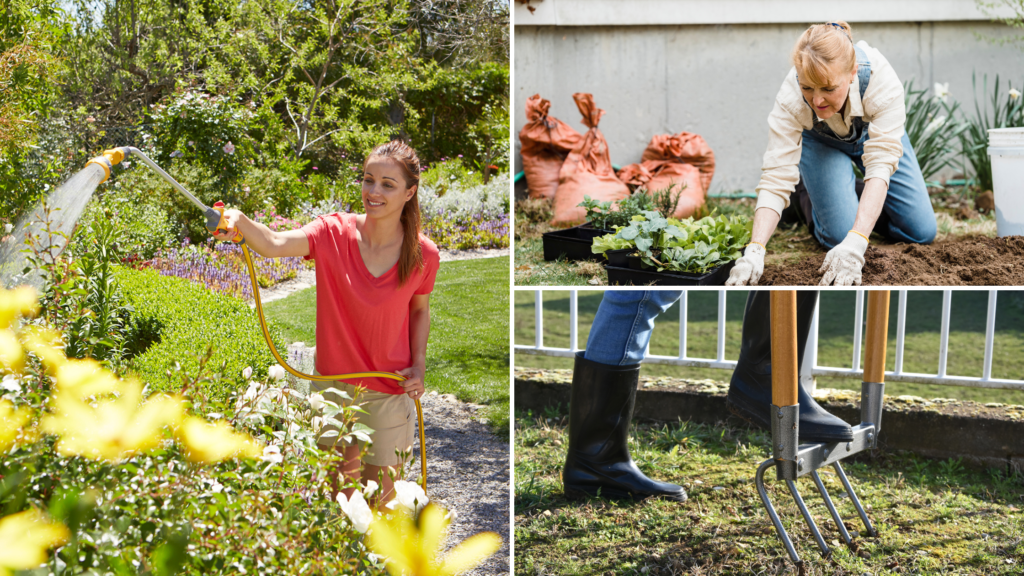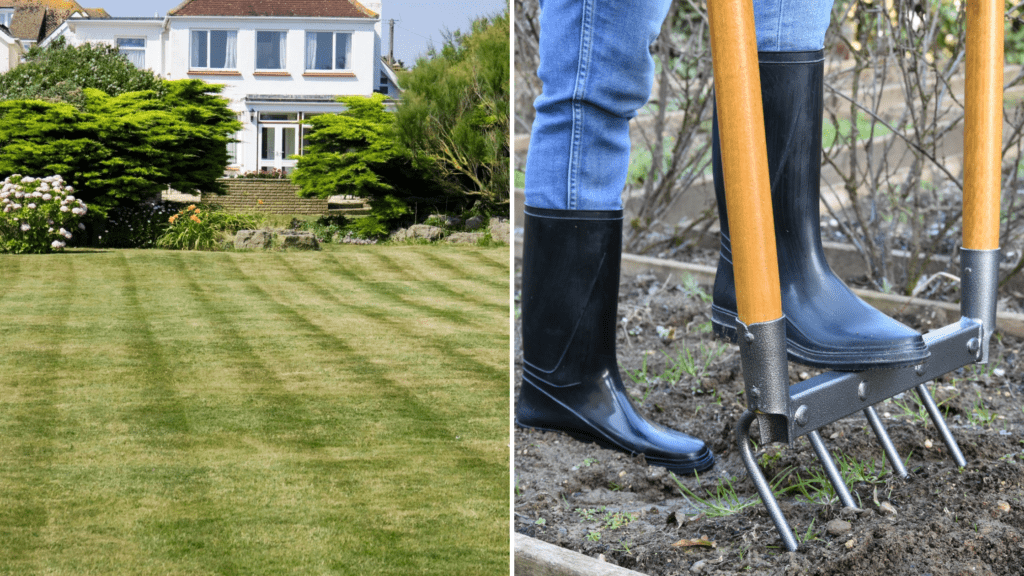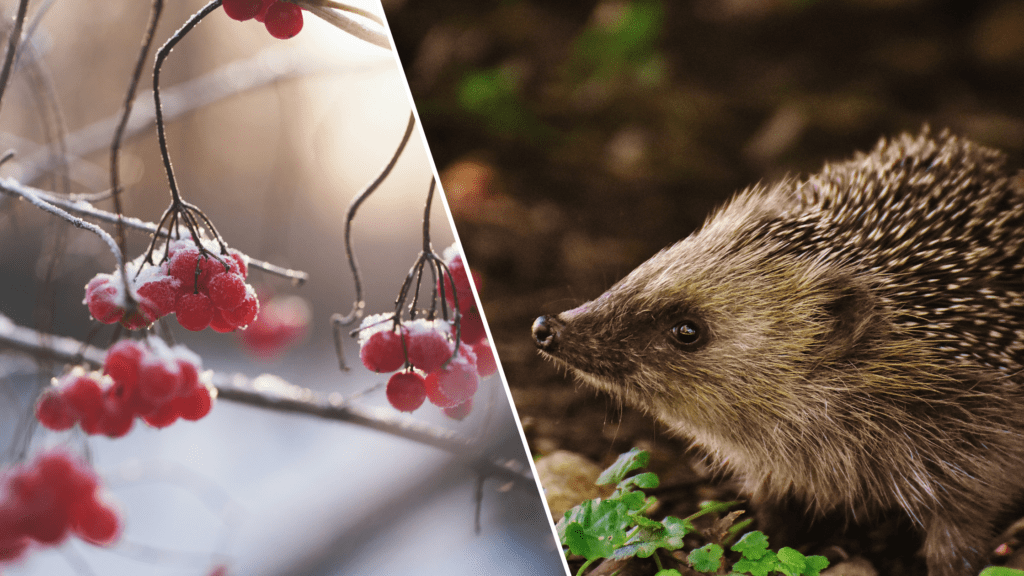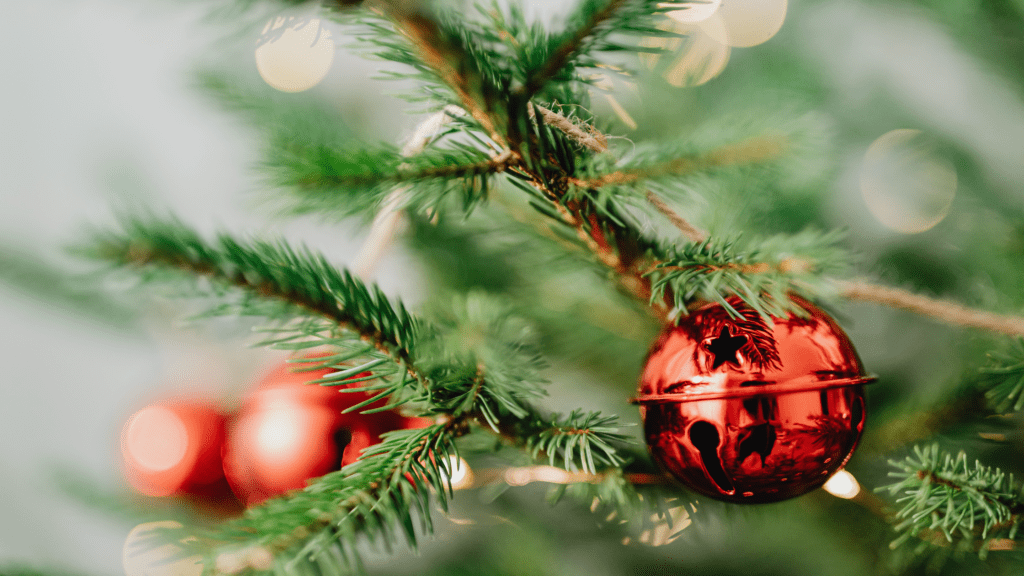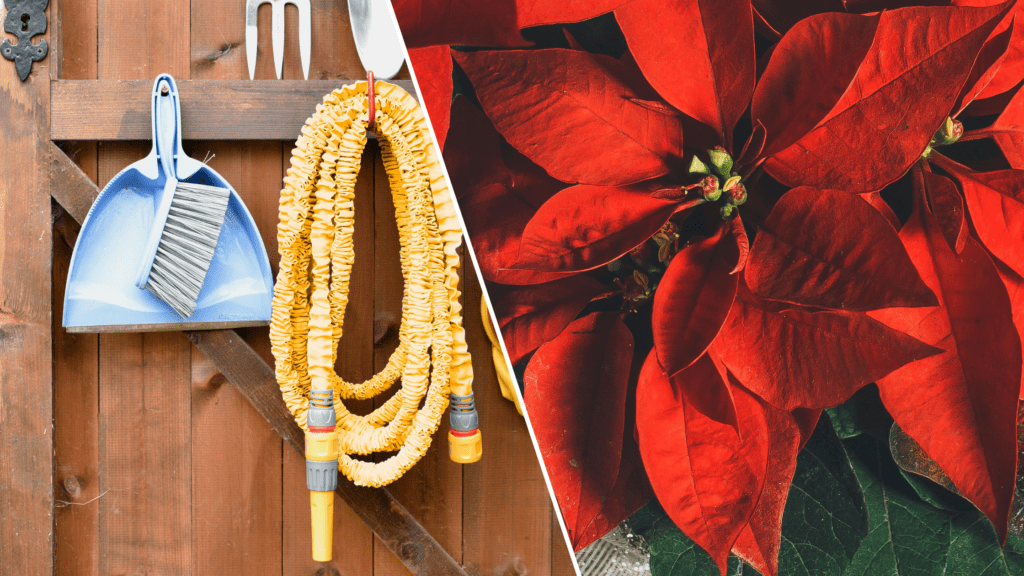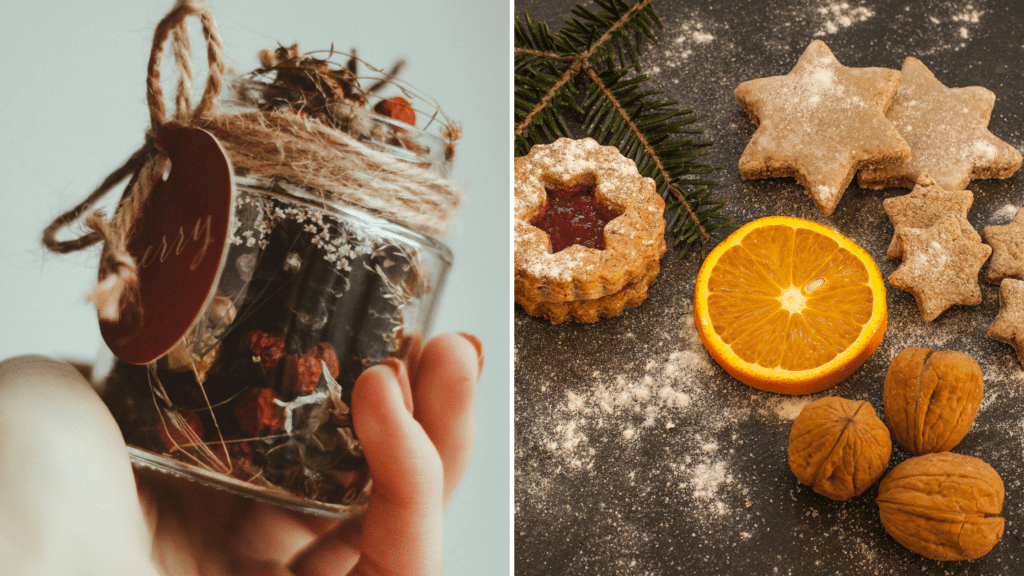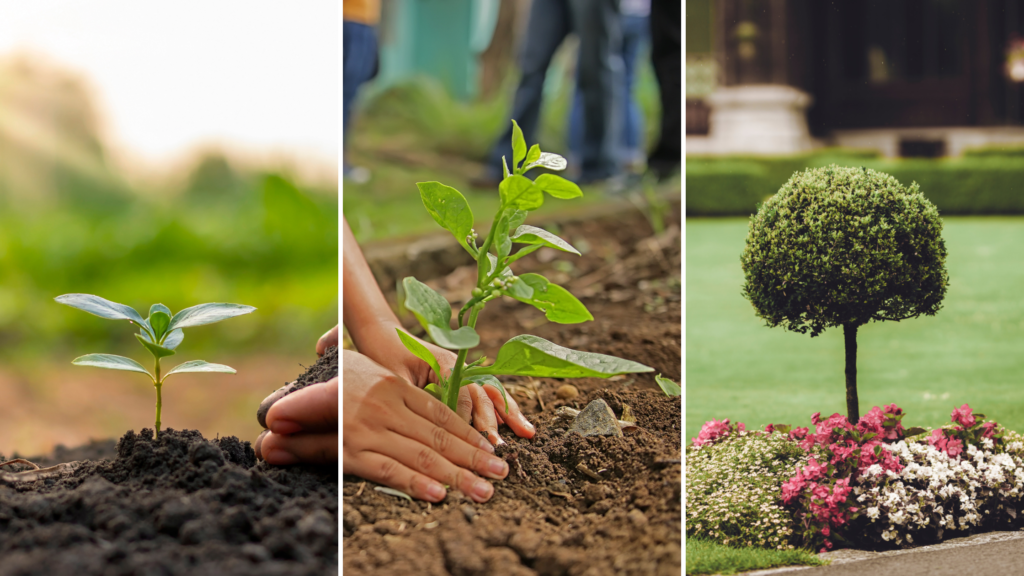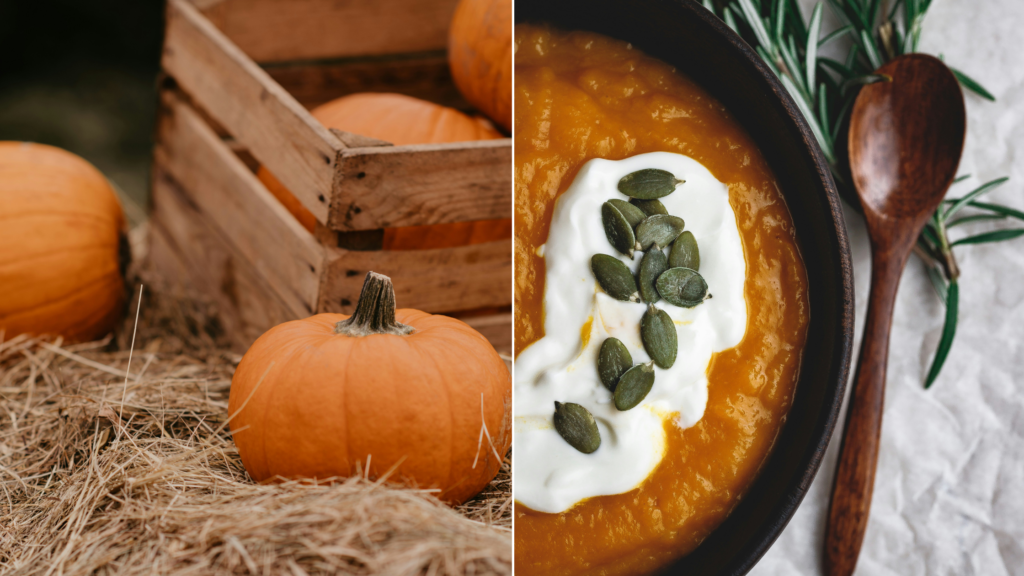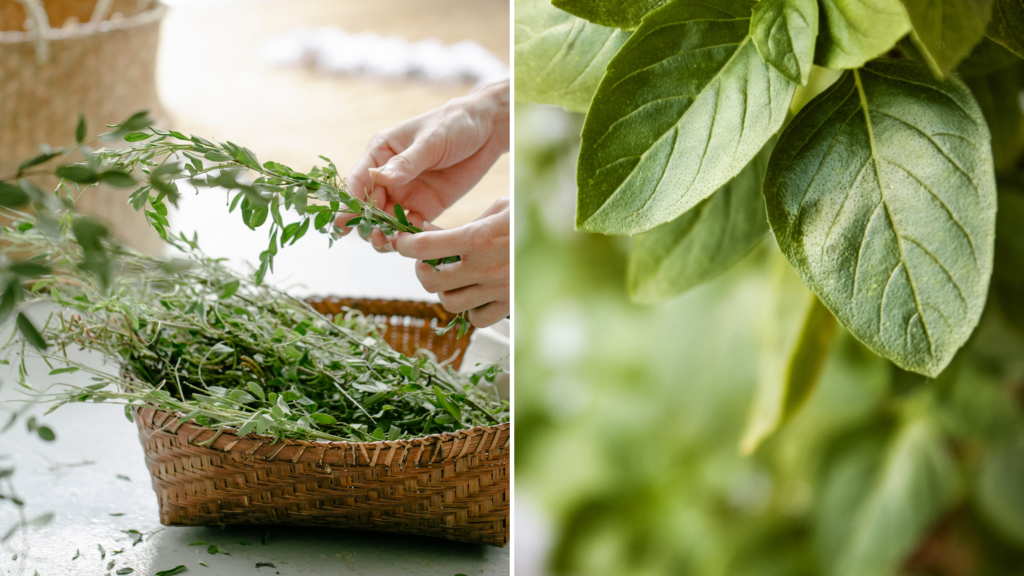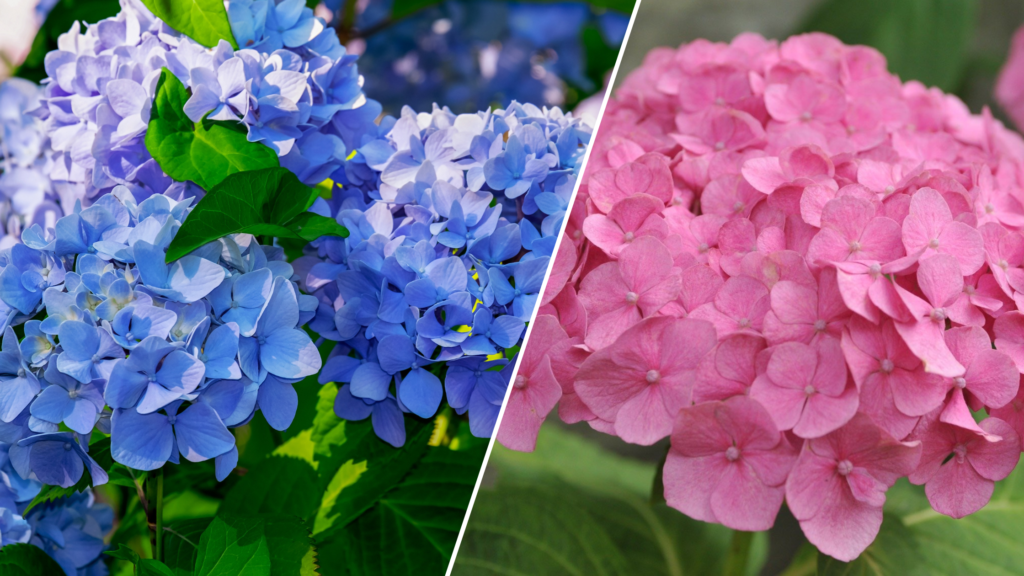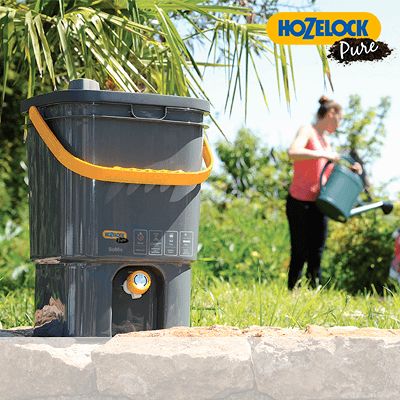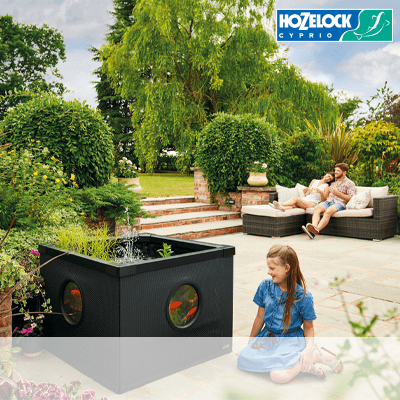When winter arrives, many gardens lose their vibrant colours, leaving behind a dull and quiet landscape. But winter doesn’t have to be all about bare branches and frosted lawns!
With a bit of planning, you can fill your garden with winter-flowering plants that bring beauty, colour, and even fragrance to the cold months.
Whether you’re an experienced gardener or just getting started, there are plenty of options to keep your garden alive and thriving.
Here’s a list of ten fantastic winter-flowering bloomers, with tips on when to plant them and what to expect during those chilly months!
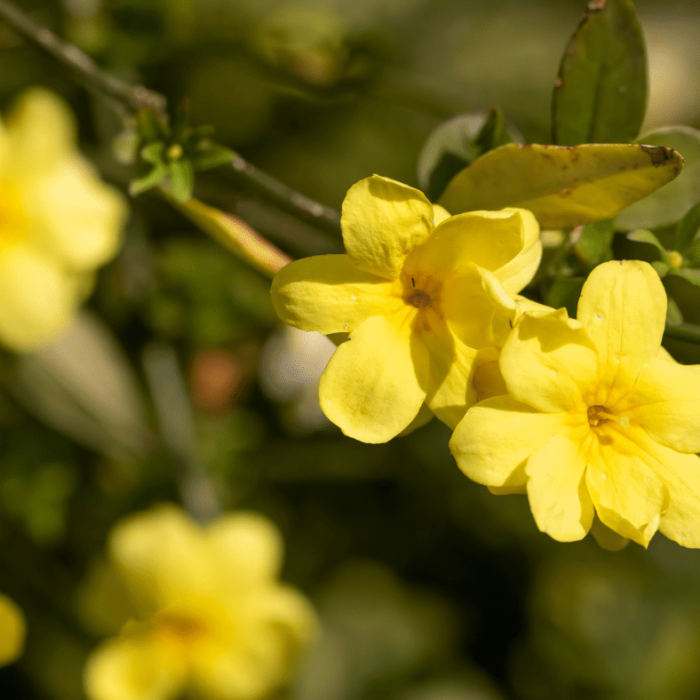
Winter Jasmine
Winter Jasmine produces bright yellow, star-shaped flowers on bare stems, bringing a splash of sunshine to your garden just when you need it most. It’s a hardy plant, tolerating cold weather without much fuss.
Plant Winter Jasmine in autumn, giving it time to establish roots before the first frost.
Expect it to bloom from December through to March, often flowering before the leaves even appear.
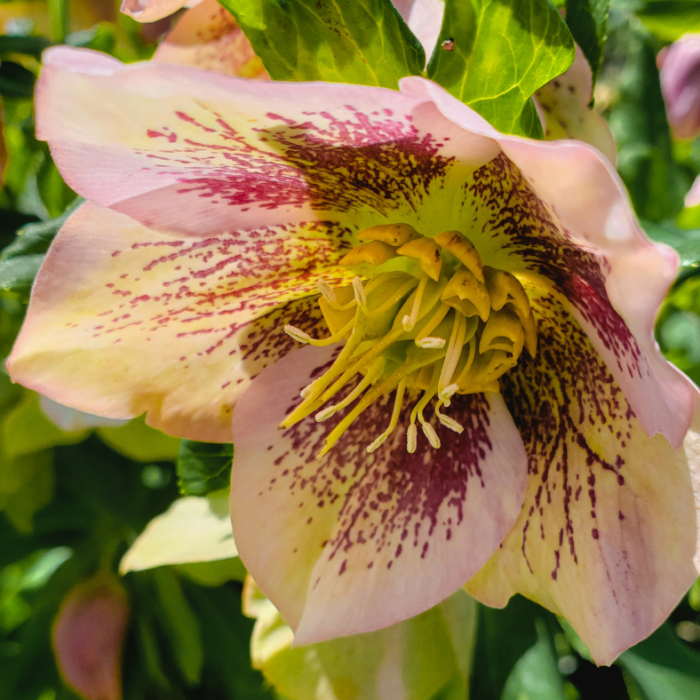
Hellebores
Known as the Christmas or Lenten Rose, Hellebores are perennial plants that bloom from late winter through early spring. Their large, cup-shaped flowers come in a variety of shades, from deep purples to whites and pale greens.
Ideally plant them in early autumn, but they can also be planted in late winter if the soil isn’t frozen.
Depending on the variety, Hellebores bloom from late December into April, with many flowering in January and February.
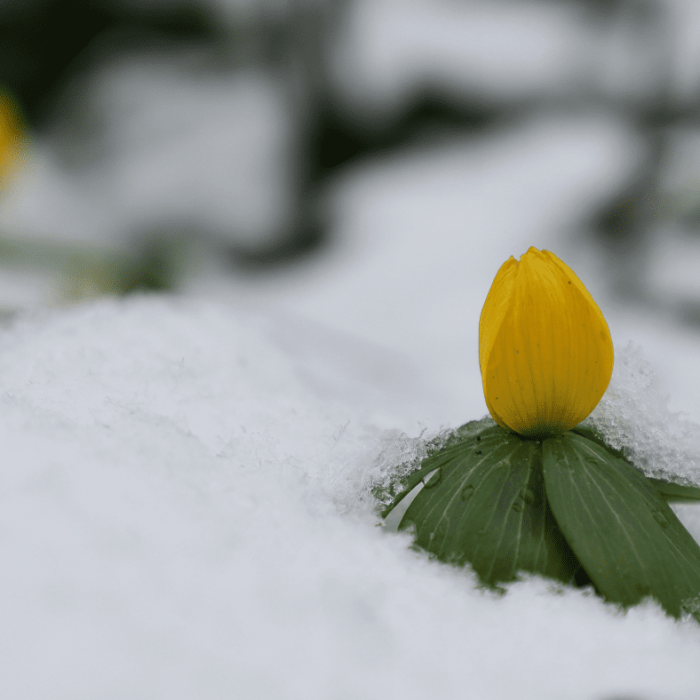
Winter Aconite
These golden-yellow, buttercup-like flowers are a true sign that winter is coming to an end. They create carpets of cheerful blooms, lighting up woodland areas or the base of trees.
Plant Winter Aconites as bulbs in early autumn for best results.
Winter Aconites typically bloom in late January or February, pushing up through the snow if necessary.
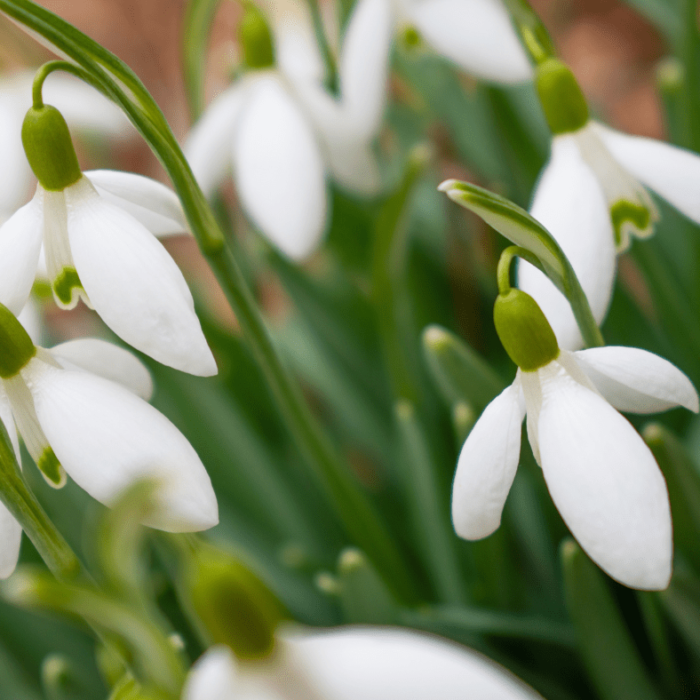
Snowdrops
Snowdrops are one of the first signs that spring is on its way. These delicate, nodding white flowers appear in clumps and can thrive in shady areas, making them perfect for planting beneath trees.
Plant Snowdrops “in the green” (just after flowering) in late winter or early spring. Alternatively, you can plant bulbs in autumn.
Snowdrops typically bloom in January and February, often pushing through snow or frost to do so.
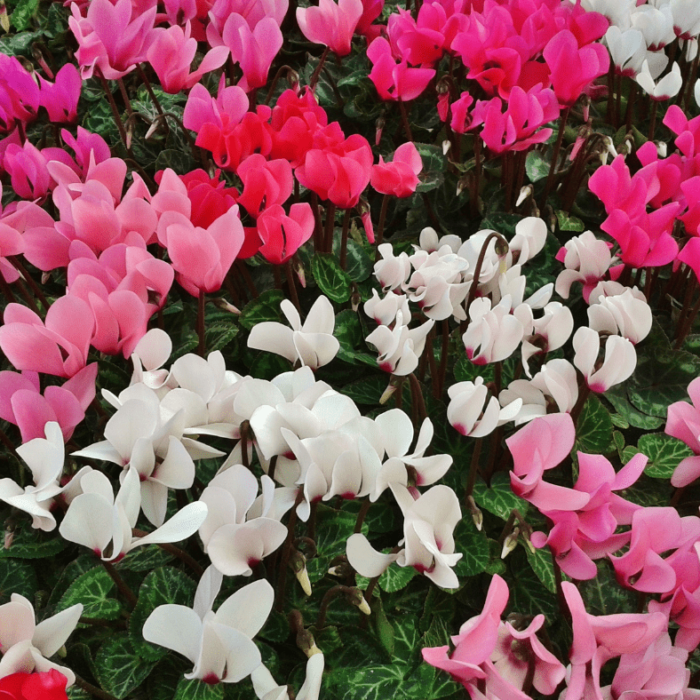
Round-Leaved Cyclamen
Cyclamen Coum is a tough little plant, producing masses of delicate pink or white blooms from late winter into early spring. Its heart-shaped leaves are often marbled with silver, adding extra interest even when it’s not in bloom.
Plant tubers in late summer or early autumn for winter flowering.
Flowers typically appear between January and March, providing colour when much else in the garden is still dormant.
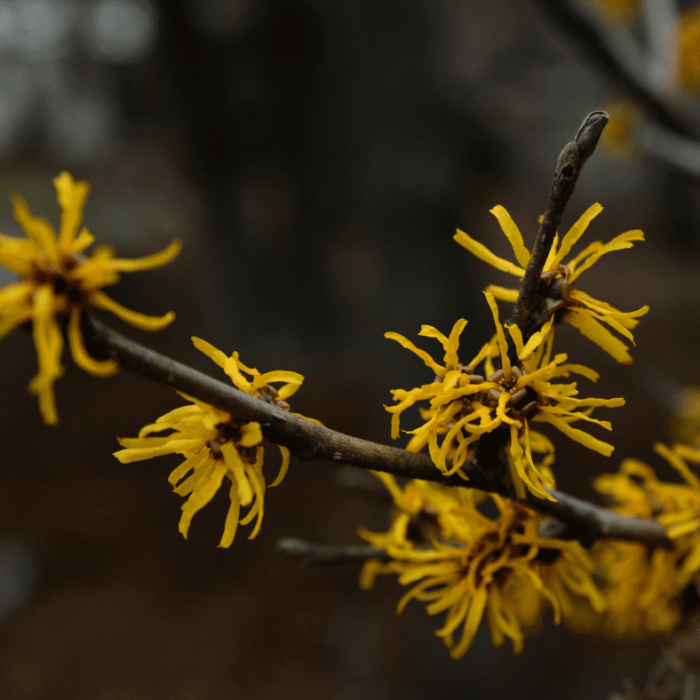
Witch Hazel
Witch Hazel is a deciduous shrub with spidery, fragrant yellow or orange flowers that bloom on bare branches, offering a dramatic splash of colour against the winter sky. Some varieties are also prized for their fiery autumn foliage.
Plant Witch Hazel in spring or autumn for best results.
The flowers usually appear between December and February, depending on the variety and your local climate.
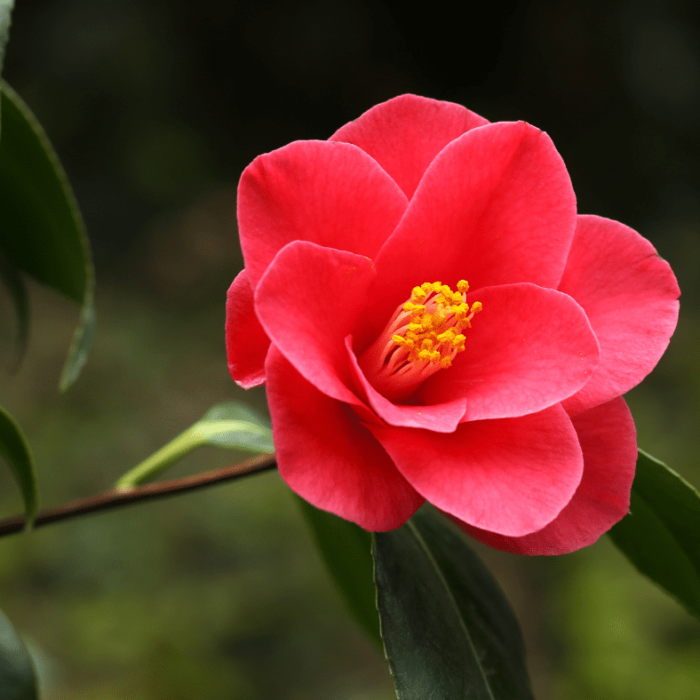
Camellia
Camellias are evergreen shrubs with glossy leaves and stunning, rose-like flowers. They’re perfect for adding structure to your garden all year round, with blooms that appear when little else is flowering.
Plant Camellias in autumn or spring, ensuring they have acidic soil and plenty of moisture.
Depending on the variety, Camellias bloom between November and April, but many peak during the coldest months of winter.
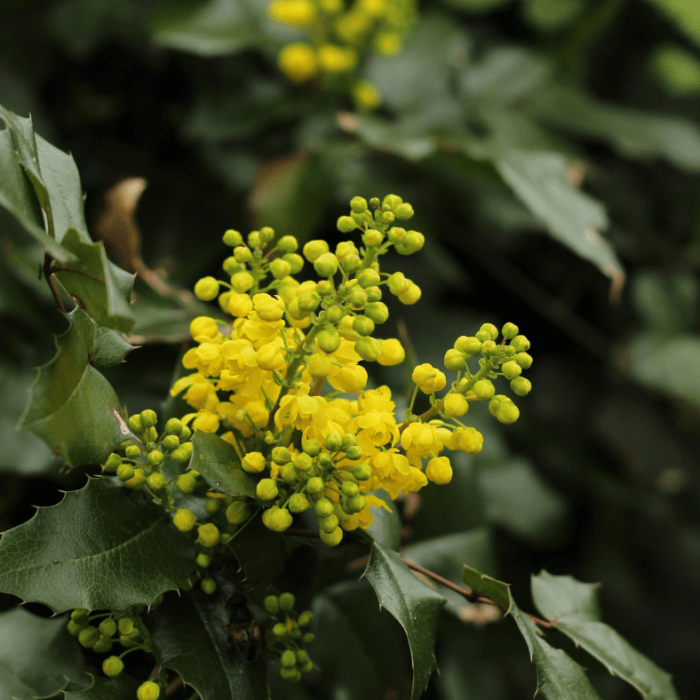
Mahonia
With its clusters of yellow, fragrant flowers that resemble a tropical plant, Mahonia is a winter winner. Its glossy, spiny leaves add texture to the garden, and it produces black berries in spring, which birds love.
Plant Mahonia in spring or autumn, ideally in a semi-shaded spot.
Mahonia flowers between November and March, with many varieties blooming in December or January.
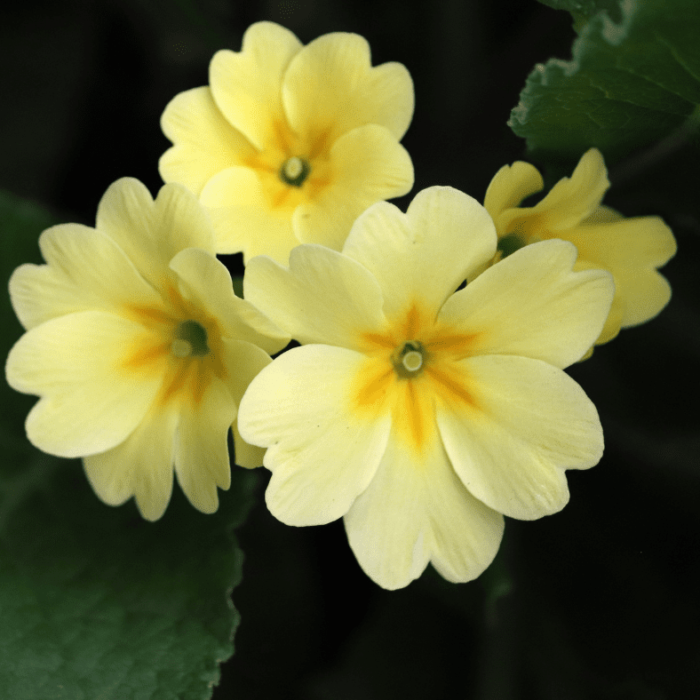
Primrose
Primroses are one of the first signs of spring, but some varieties bloom as early as December in mild winters. Their bright, cheery flowers come in shades of yellow, pink, white, and purple, adding instant vibrancy to garden borders or containers.
Plant Primroses in late summer or early autumn for winter blooms, or early spring for later flowers.
Depending on the variety and conditions, Primroses can bloom from December to April.
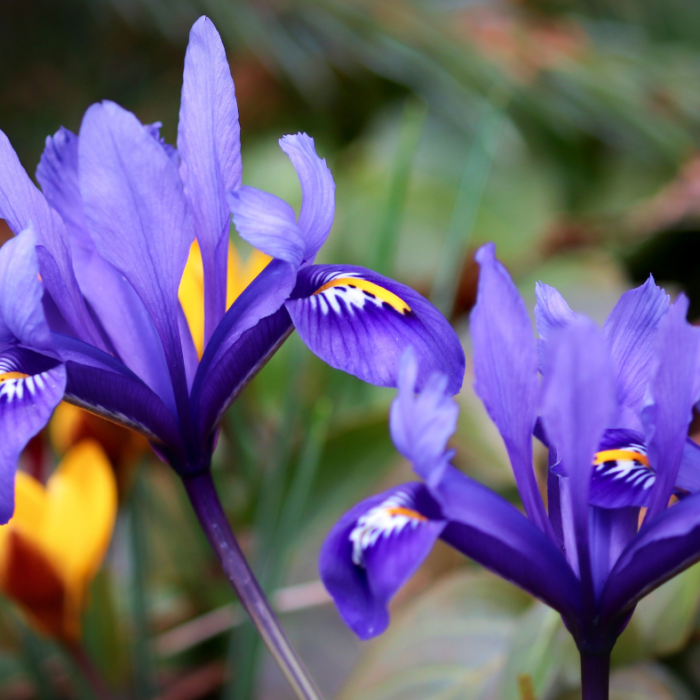
Algerian Iris
This tough, evergreen Iris blooms in the depths of winter with delicate, pale violet flowers that have a striking yellow stripe. It’s a great addition to a sheltered border or a sunny spot near the house.
Plant the Algerian Iris in spring or early autumn for winter blooms.
Iris Unguicularis flowers from November through March, with blooms appearing sporadically throughout the colder months.
In addition to the beautiful winter-flowering plants mentioned above, there are plenty of other fantastic choices that can bring colour and interest to your garden during the colder months.
Consider adding Pansies, Violas, and Winter Honeysuckle for continuous winter blooms.
The Christmas Rose (a variety of Hellebore), Daphne, and Winter Clematis also offer vibrant flowers and pleasant fragrances.
For a splash of early spring colour, try Quince, Viburnum x bodnantense, or Crocus.
Indoors, festive favourites like Poinsettias, Cymbidium, Christmas Cactus, and Amaryllis can brighten your home.
Lesser-known gems such as Grape Hyacinth, Starflower, Lily of the Valley Shrub, and Glory of the Snow are perfect for adding variety and charm to your winter garden.
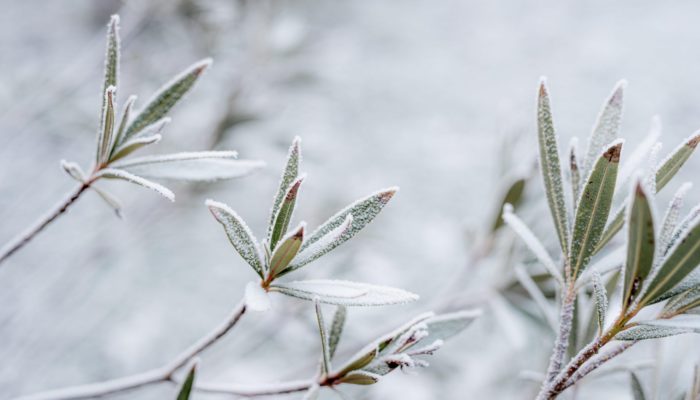
Tips for Your Winter-Flowering Plants
- Mulch and Protect: Mulch your winter-flowering plants well before the frosts hit. This not only helps retain moisture but also protects the roots from freezing temperatures.
- Feed and Water: Even though it’s winter, some plants will need occasional watering, especially if it’s a dry season. Avoid overwatering, but don’t let the soil dry out completely.
- Plan for Layers: Consider planting taller shrubs like Witch Hazel behind lower-growing plants like Hellebores or Cyclamen for a more layered, visually appealing winter garden.
- Choose the Right Spot: Many winter-flowering plants thrive in shady or semi-shady areas. Plant them where they’ll get a bit of winter sun, but don’t suffer from the harsh afternoon rays of summer.
Winter doesn’t have to mean the end of your garden’s colour and beauty! With the right winter-flowering plants, you can enjoy a burst of vibrant flowers even on the darkest days.
Planning now, with autumn planting, ensures that your garden is ready to surprise you with blooms just when you least expect them.
So, go ahead, plant a little winter magic this season!
To see our full spectrum of gardening knowledge, click here!




